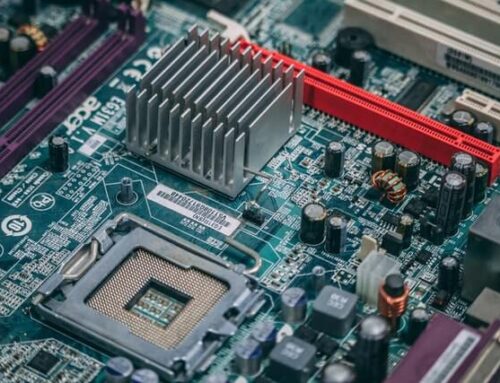Take 3 minutes to read this article
As financial experts continue to debate whether or not the US is headed for a recession, the technology industry is already feeling the effects. Big tech companies like Apple and Google have implemented hiring pauses or slowdowns while others like Microsoft and Tesla have laid some workers off already.
A recession means an additional strain on an already taxed IT budget. Balancing your organization’s security and functionality while staying out of the red can be difficult. To help, we have put together some money-saving measures to stretch your budget without sacrificing quality.
Third Party Maintenance
A study by Gartner has shown that switching from OEM support to third-party maintenance can save your organization 40-70%. Using TPM could help your business save money that would otherwise be spent solely on the brand equity of the OEM—money that can be poured back into your budget.
Third-party maintenance is especially useful with equipment that is several years old. As OEM support costs increase with the age of your equipment, it can become more tempting to upgrade to the newest equipment, even though there’s nothing wrong with yours. TPM can keep support costs low and allow you to get a fuller return out of your investment.
Scaling Your IT Team On-Demand
To scale your team without the commitment of W2 hiring, consider using on-demand engineering or hiring on a temporary basis. Scaling your team temporarily is perfect for when you are thinking about expansion or need new skills that your team does not currently have. Look for a reputable provider of third-party engineering services or a reputable tech placement agency for temporary additions to your team.
End User Computer (EUC) Device-as-a-Service
Device-as-a-service enables businesses to easily scale up or down depending on their EUC needs. For companies unsure what the future may hold or who do not have an IT department robust enough to handle large upgrade and deployment workloads—especially those that have a number of employees working from home—DaaS might be the answer your business is looking for. For DaaS, a third party supplies equipment and all the maintenance it requires as well as set-up, data security, and a clearly outlined device retirement program. Essentially, DaaS providers take care of every aspect of EUC equipment’s life and maintenance, giving businesses more predictability and visibility into their IT costs.
Buy Pre-Owned Equipment
With OEM prices and lead times impacted by the ongoing chip shortage, the secondary market is a better option for procuring the hardware you need now. Arriving in days rather than months, pre-owned equipment ships quickly—not burdened by the long lead times of new equipment. “The equipment is in stock and ready to ship—no lead times,” said Cameron James, executive vice-president of CentricsIT in an interview with Network World. “Especially now, when we’re seeing lead times for new hardware into the hundreds of days, being able to receive what you need overnight is critical.” In addition to its ability to ship quickly, pre-owned hardware is also less expensive and is often only one generation behind the latest OEM models.
IT Asset Disposition (ITAD)
When your equipment reaches the end of its life, it must be disposed of properly. It may need to be destroyed or recycled, but it may have some value left in it. Instead of letting old or unused equipment sit around, work with a reputable reseller to see about regaining value from your current assets. ITAD keeps good equipment out of the dump and money in your budget.





